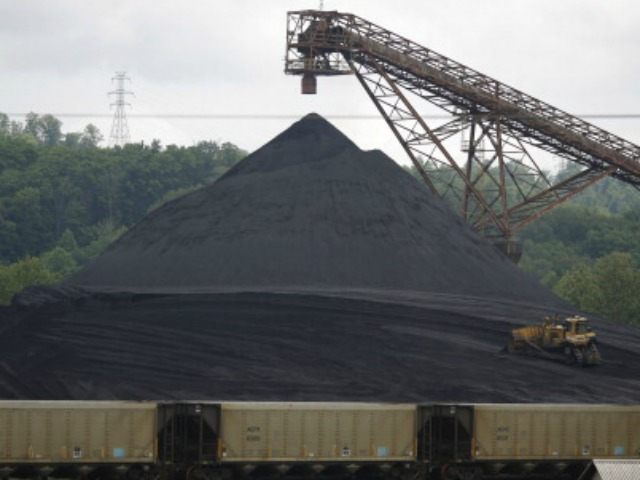The Supreme Court today voted 5-4 to overturn the Environmental Protection Agency’s 2012 rule reducing emissions of mercury and other substances from coal-fired power plants. In ruling against a major regulatory initiative in what has become known as the Obama administration’s “war on coal,” the Court ruled that EPA failed to consider the costs and benefits of controlling mercury emissions.
“One would not say that it is even rational, never mind ‘appropriate,’ to impose billions of dollars in economic costs in return for a few dollars in health or environmental benefits,” writes Justice Antonin Scalia for the majority that included Chief Justice John Roberts and Justices Anthony Kennedy, Clarence Thomas and Samuel Alito.
At issue was EPA’s so-called Mercury Air Transport Standard (MATS) issued under the Clean Air Act. MATS required coal plant operators to add expensive emissions equipment to mostly older coal-fired power plants, even though the more than 500 U.S. coal power plants are responsible for only about 0.5 percent of global mercury emissions.
When it proposed the rule, EPA estimated the direct public health benefits of the rule to be on the order of $4 to $6 million per year while the direct costs of the rule were on the order of $10 billion per year. To offset the obviously huge disparity between direct costs and benefits, the EPA also claimed that the rule would produce up to $90 billion per year in indirect health benefits. These indirect benefits, EPA claimed, would result from simultaneous reductions in particulate emissions from coal plants that kill tens of thousands of people per year.
But the Court ruled that EPA misinterpreted the law in issuing MATS.
The section of the Clean Air Act at issue allowed EPA to regulate coal plants if the agency deemed it “appropriate and necessary.” The agency found determined the MATS rule to be “appropriate” because the plants’ emissions posed risks to public health and the environment and because controls capable of reducing these emissions were available.
EPA admitted to the Court that it did not consider the costs and benefits of the rule in making its “appropriate and necessary” finding. But the Court ruled that:
“Read naturally against the backdrop of established administrative law, the phrase ‘appropriate and necessary’ plainly encompasses cost.” The EPA’s admission, ironically, also nullified its claim of up to $90 billion in indirect benefits from the rule.
It should be noted, however, that the EPA’s claim of $90 billion in benefits achieved by reducing coal plant particulate emissions is total junk science. Though there is no credible scientific or reality-based evidence indicating that power plant emissions kill anyone, let alone tens of thousands of people per year, EPA multiplies each life “saved” by $10 million to arrive at the $90 billion estimate. This important controversy, however, is a matter for another column.
Despite today’s win for the coal industry, the Court’s ruling may very well be too little too late for the coal industry.
Since the MATS rule was issued in 2012, electric utilities have already committed to shutting down 20 percent or more of the U.S. fleet of coal power plants. Most of the closures will be happen by 2016, with no new coal plants on the drawing board.
The combination of the ongoing and seemingly permanent glut of cheap natural gas and unending anti-coal regulatory pressure from the Obama administration, is pushing utilities to shut down coal plants that can be replaced with cheaper natural gas. In addition to the pressure from the MATS rule, utilities are under pressure from the EPA in the form of proposed rules for global warming (the Clean Power Plan) and ground-level ozone. No doubt, EPA will also reissue the MATS rule after “considering” its costs and benefits.
While the MATS ruling is of small consolation at this point to the coal industry, the rest of us should be heartened, but possibly only a little. The Court ruled that, unless explicitly barred from considering cost, EPA must consider cost when formulating and issuing regulations. But what “consider” means, however, is up to EPA. “It will be up to the Agency to decide (as always, within the limits of reasonable interpretation) how to account for cost,” noted the Court.
Being “reasonable” is not something that EPA is good at. Only Congress can fix that problem.
Steve Milloy publishes JunkScience.com (Twitter @JunkScience).

COMMENTS
Please let us know if you're having issues with commenting.